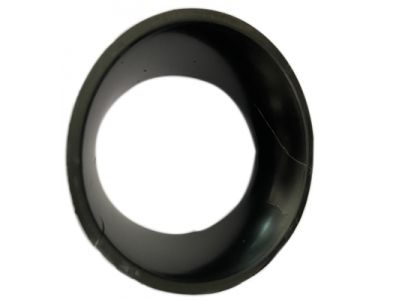
In the ultrasonic welding operation, it is a common phenomenon that the surface of the product is scarred, and the joint is broken or cracked. So why happens that? First of all, we need to understand the working principle of ultrasonic welding, we will find that there are two situations in the ultrasonic operation:
1. High heat energy directly touches the surface of plastic products
2. Vibration transmission
Therefore, when ultrasonic vibration acts on plastic products, the surface of the product is prone to burns, and plastic posts or holes with a thickness of less than 1m/m are also prone to cracking. This is the prerequisite for ultrasonic welding. Avoided. On the other hand, due to the lack of ultrasonic output energy (the machine and HORN ), it takes a long time to weld when the vibration friction energy is converted into heat energy, so as to accumulate heat energy to make up for the lack of output power. This welding method does not achieve instantaneous vibration and friction heat energy, but requires the welding time to accumulate heat energy. It is expected that the melting point of the plastic product will reach the welding effect. This will cause the heat energy to stay on the product surface for too long, and the accumulated temperature And pressure will also cause the product to burn, shatter or rupture. Therefore, the power output (number of segments), welding time, dynamic pressure and other cooperating factors must be considered at this time to overcome this lack of operation.
Under normal circumstances, we use the following methods to solve:
1. Reduce the pressure
2. Reduce the delay time (early vibration)
3. Reduce the welding time
4. Reference medium cover (such as PE film), or the special ultrasonic protective film we often say.
5. Surface treatment of mold fixture
6. Reduce the number of machine stages or reduce the amplitude of the welding head.
7. For products that are easy to crack or break, the jig should be cushioned, such as soft resin or covered cork (this item does not affect the welding strength).
8. Add R angle at right angles for products that are easy to break.
Of course, we need to analyze specific problems in detail, and find the real reason from the aspects of mold design, product design, machine debugging etc.